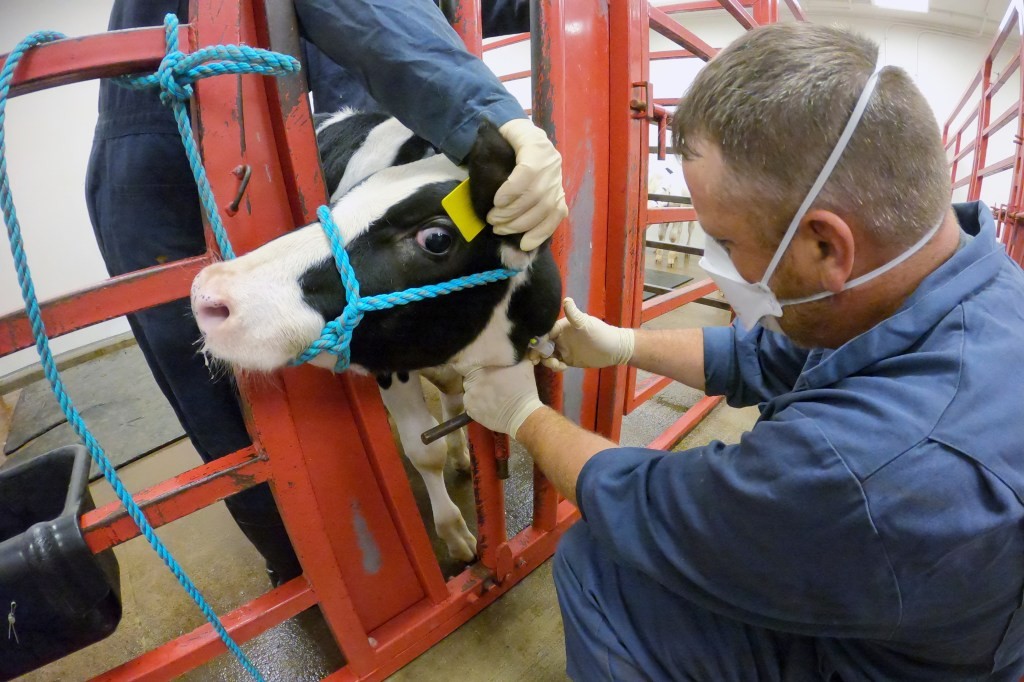
In a concerning development, California health officials have confirmed six cases of bird flu among dairy workers in the state's Central Valley region, with five additional suspected cases under investigation. This outbreak coincides with the detection of bird flu in approximately 100 dairy farms across central California.
The California Department of Food and Agriculture reports that these infected herds represent less than 10% of the state's total dairy cow population. However, as the nation's leading milk producer, California's dairy industry is on high alert.
Dr. Erica Pan, state epidemiologist with the California Department of Public Health, emphasized that all confirmed cases involve workers who had "prolonged and close contact with infected dairy cattle." Importantly, there have been no instances of human-to-human transmission.
The infected individuals have experienced flu-like symptoms, including conjunctivitis (pink eye). Fortunately, all affected workers have recovered without requiring hospitalization, underscoring the relatively mild nature of these infections in humans.
Health officials are taking proactive measures to contain the spread and protect workers. The state has distributed over 2 million pieces of personal protective equipment, with a significant portion allocated to Tulare County, a major dairy-producing region.
While the situation is being closely monitored, Dr. Pan reassured the public that the overall risk remains low. Genetic sequencing of the virus has not shown any concerning mutations or adaptations that would increase its ability to spread among humans.
Consumers can take comfort in knowing that milk from infected cows is not allowed to enter the public supply. Dr. Pan advised against consuming raw milk but emphasized that pasteurized dairy products remain safe, as the pasteurization process effectively inactivates the virus.
As the situation unfolds, state and local health departments continue to work closely with dairy farms to implement preventive measures, conduct testing, and educate workers about the risks and necessary precautions.